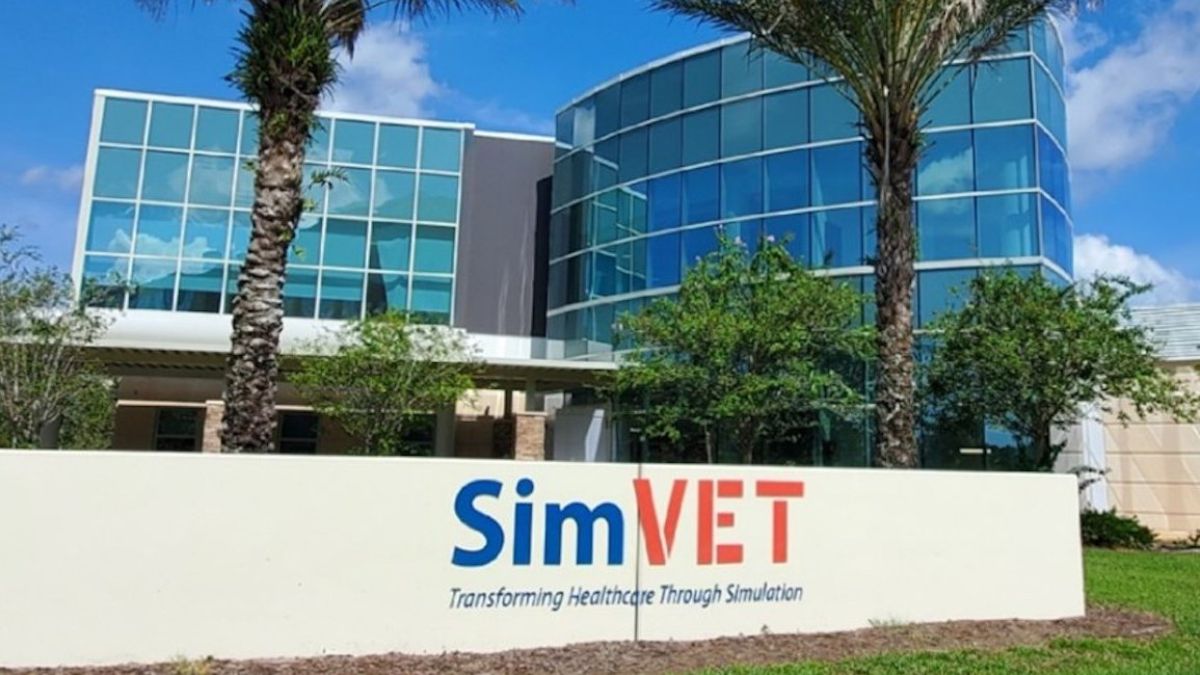
Advertisement
In a vast $43 million Veterans Affairs (VA) facility equipped with operating rooms, intensive care units, and an outpatient clinic, there are no real patients. This 53,000-square-foot building, located near Orlando International Airport in Florida, is the National Center for Simulation Validation, Evaluation and Testing, or SimVET. It serves as the main hub for VA healthcare workers to practice procedures and test new technologies without posing risks to patients.
High-Tech Training for Healthcare Workers
SimVET allows teams to simulate various scenarios, such as opioid overdose responses or the use of new artificial intelligence tools. By practicing in a controlled environment, healthcare workers can identify and resolve issues, ensuring the feasibility and safety of new techniques. Opened in 2016, SimVET exemplifies the increasing sophistication of healthcare simulations, providing a space to evaluate hundreds of new AI tools entering the market.
A Facility Designed for Realism
Dr. Scott Wiltz, the medical director of the VA’s Simulation Learning, Evaluation, Assessment and Research Network (SimLEARN), highlights SimVET’s realism. The facility boasts two fully staffed operating rooms with all necessary equipment, including lights, booms, and real anesthesia machines. Mannequins, which respond realistically to anesthesia, represent a diverse population, mirroring the demographics of the VA and the broader U.S. population. Some mannequins can even speak, move, and develop complications, enhancing the realism of the simulations.
A Space to ‘Fail Safely’
With around 60 full-time staff, SimVET constantly tackles multiple pilots and projects. National program offices and frontline workers approach SimVET with ideas for simulations, or sometimes staff at the facility develop their own projects. Amanda Borchers, a patient safety manager at the Lexington VA Medical Center in Kentucky, visited SimVET with her team to improve their response to unexpected surgical complications. They developed a new protocol for quickly retrieving blood during surgeries.
Developing New Medical Codes
Borchers and her team spent a week at SimVET, simulating procedures and discussing problems with experts and SimVET employees. They developed a new medical code, “code SET” (surgical emergency team), for alerting dedicated teams to complications during or after surgery. After practicing at SimVET, they implemented and refined the code at their home facility. The goal is to use code SET with real patients within two to three months, potentially expanding its use to VA medical centers nationwide.
Conclusion
SimVET provides a safe environment for VA healthcare workers to practice and innovate, ensuring that new technologies and procedures are safe before implementation. The facility’s realistic simulations and collaborative approach have already led to significant advancements, such as the development of the code SET. This initiative demonstrates how simulation can enhance healthcare delivery and patient safety across the VA network.
